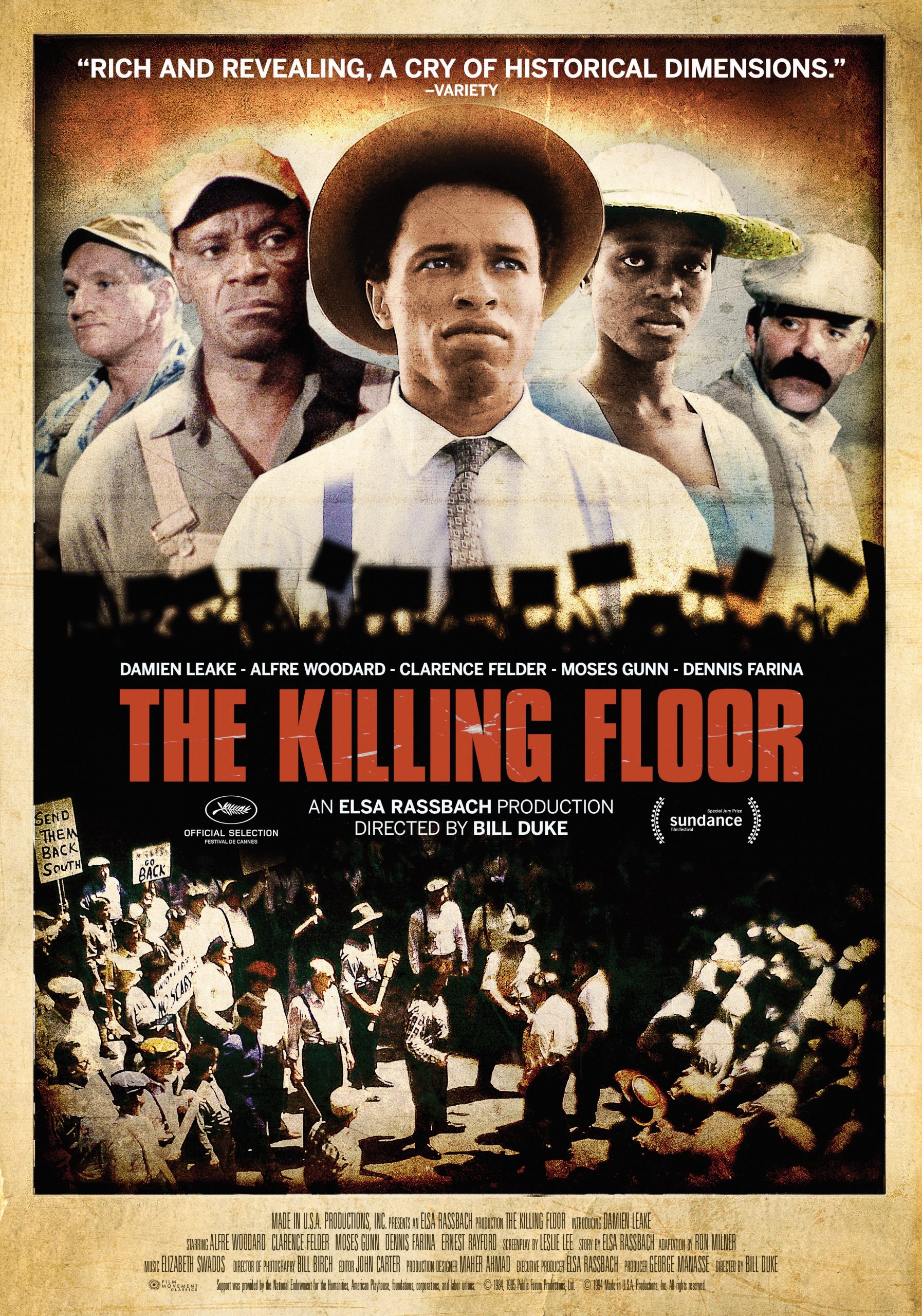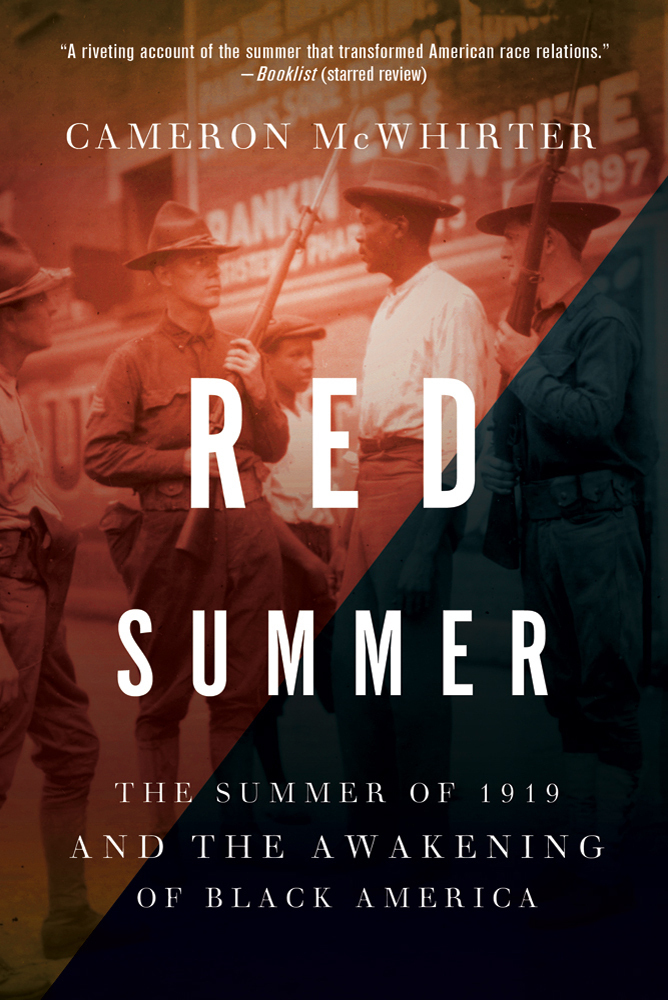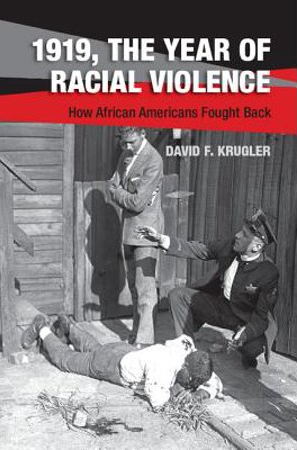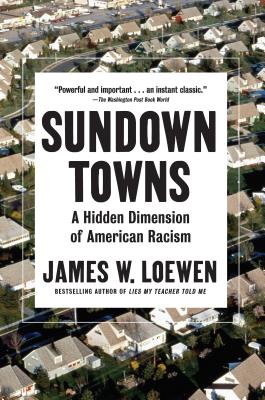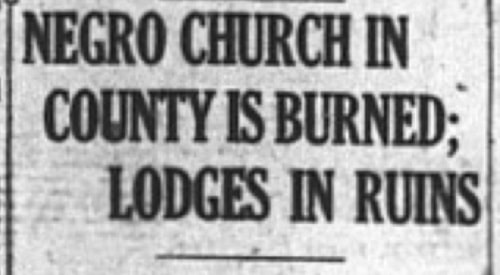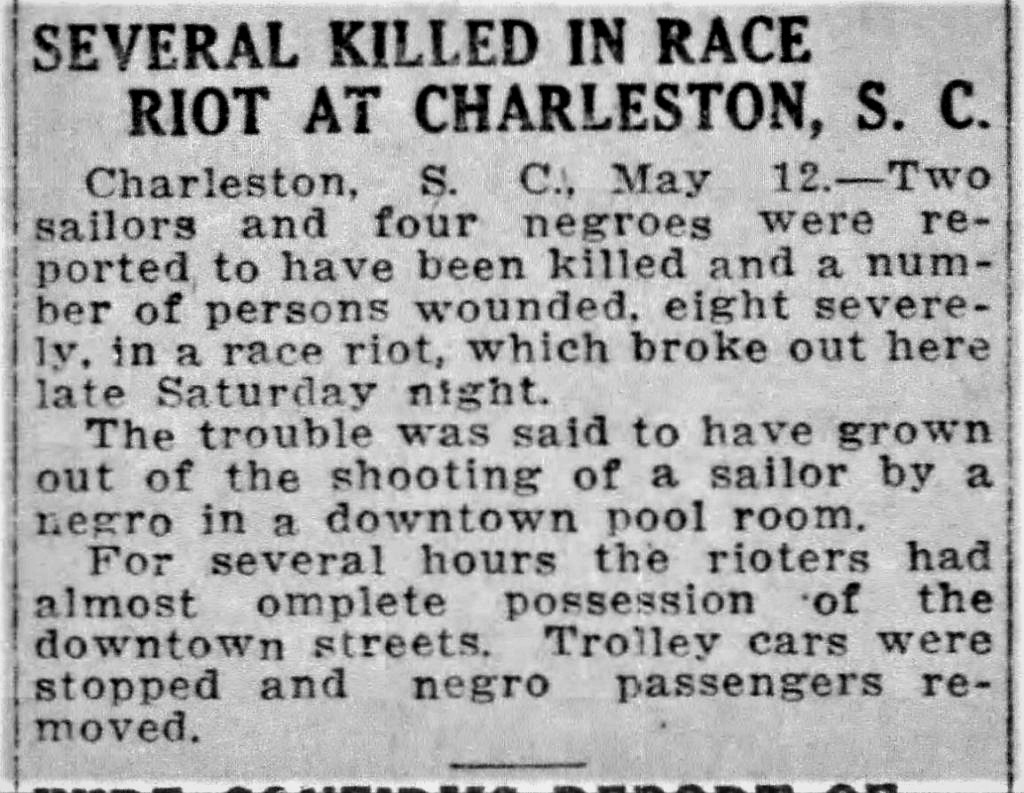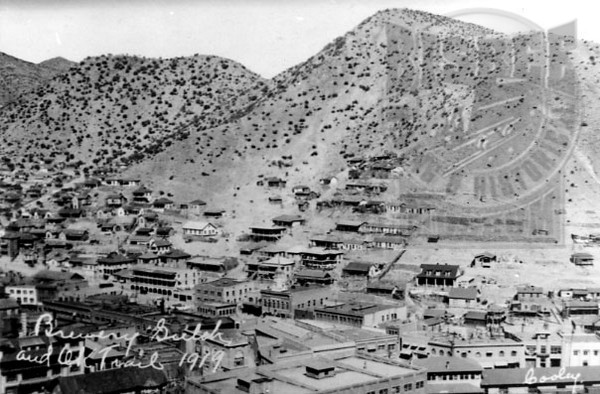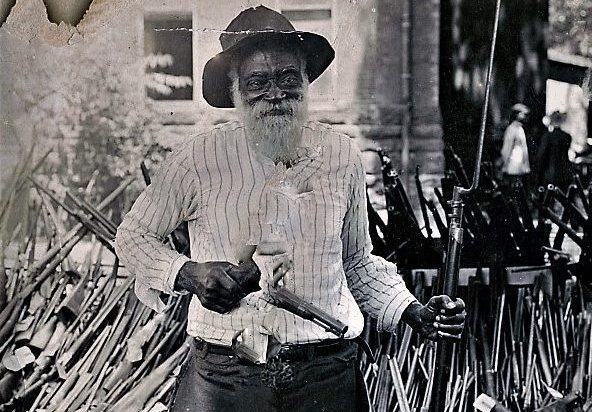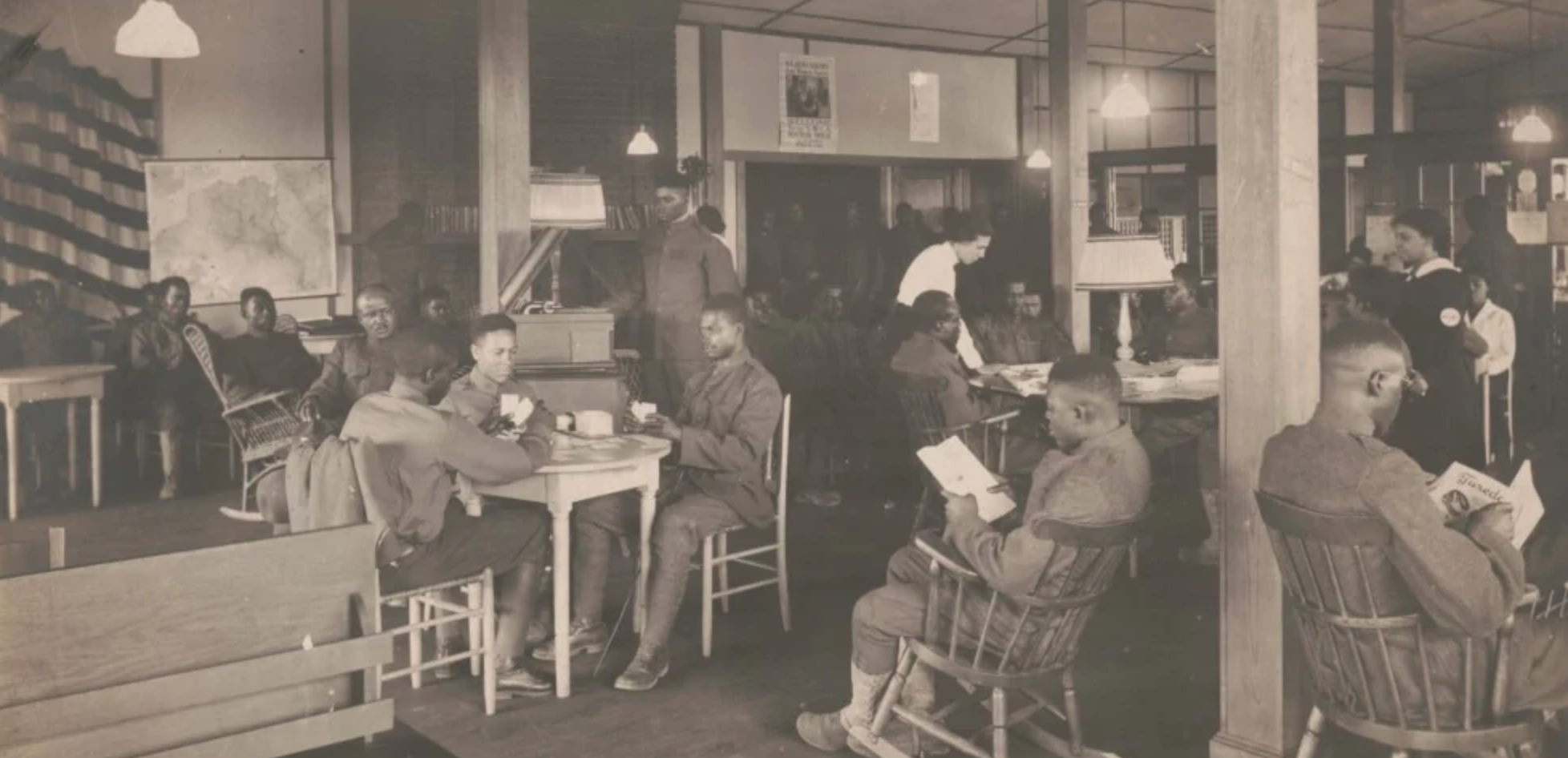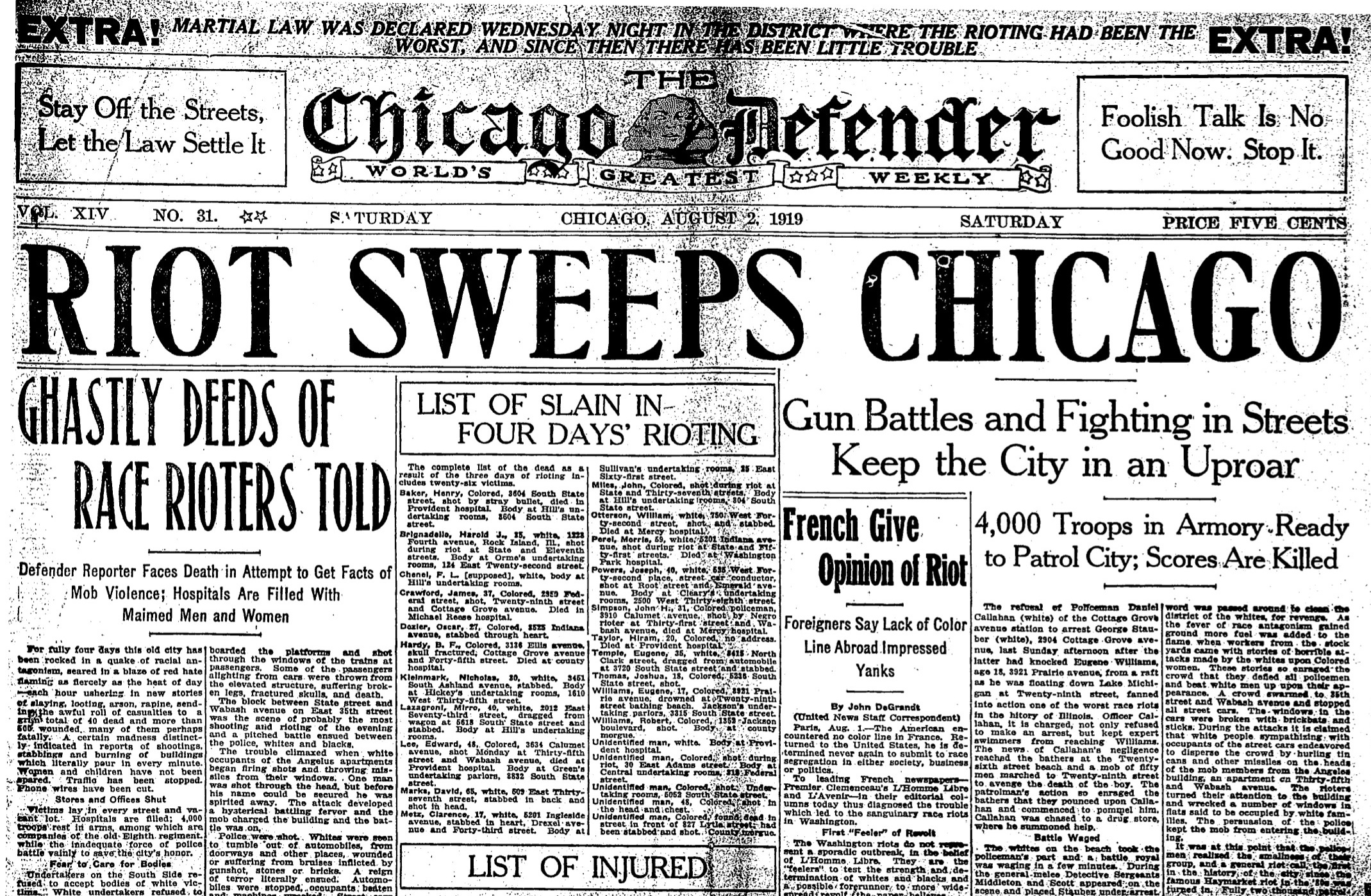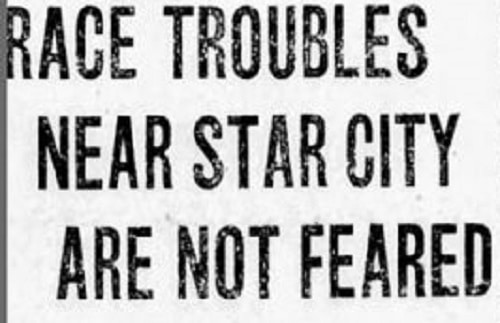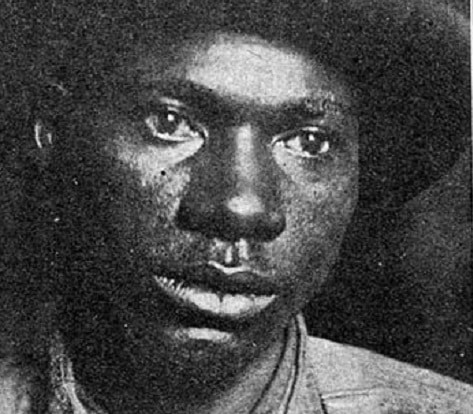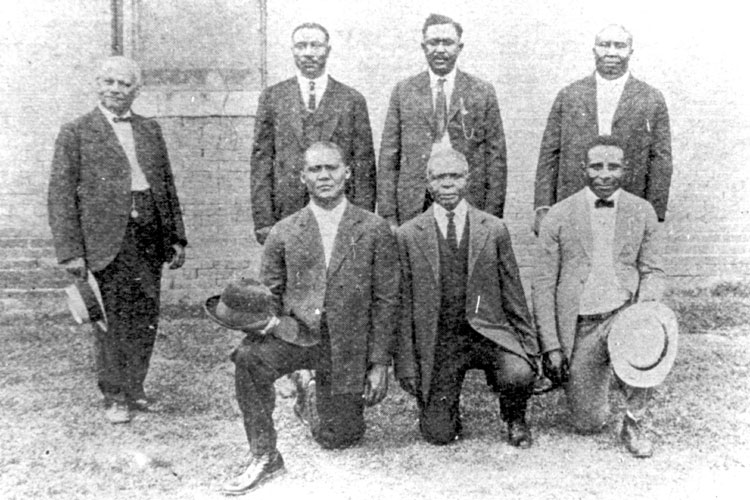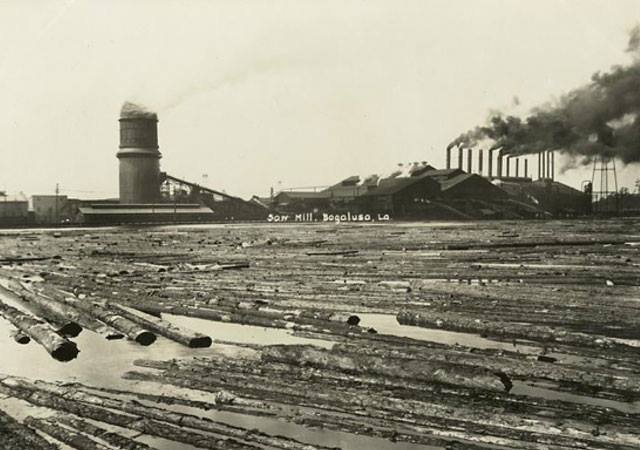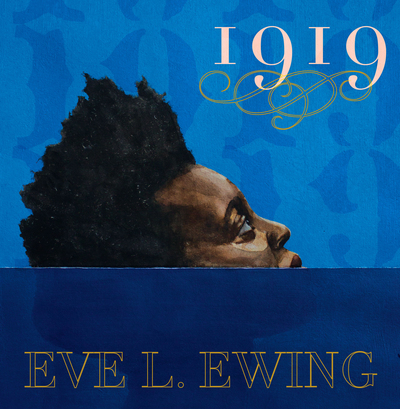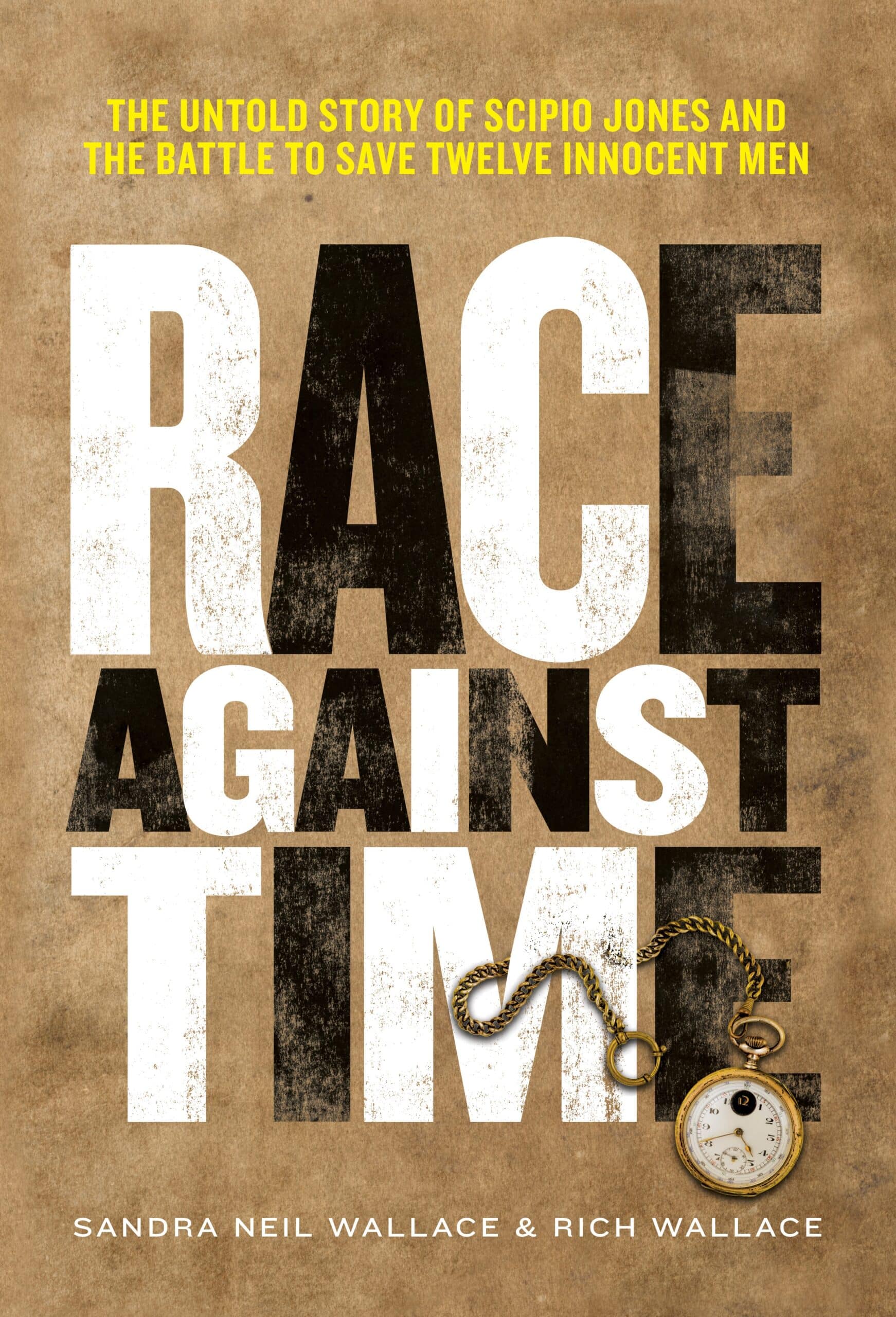Film. Directed by Bill Duke. 1985. Digitally restored in 2020. 118 minutes.
Set during World War I, two African-American men deal with racism in the workplace and the labor union.
Continue reading
Book — Non-fiction. By Cameron McWhirter. 2012. 368 pages.
A chronicle of white supremacist violence in major U.S. cities across the nation after World War I.
Continue reading
Book — Non-fiction. By David F. Krugler. 2015.
This book details the wave of racist violence that swept the United States in 1919, through the lens of Black armed resistance and freedom struggle.
Continue reading
Book — Non-fiction. By James Loewen. 2018. 592 pages.
Documents the history of towns across the United States that exclude African Americans (and other racial/ethnic groups) after sundown.
Continue reading
A riot ensued after Louis Ruffin, an Army veteran, pulled out his gun to defend his family during an altercation between his father and two police officers.
Continue reading
White sailors ignited violent rioting in Charleston, South Carolina during the Red Summer of 1919. African Americans fought back, in self-defense.
Continue reading
A battle between Black soldiers and the local white law enforcement who targeted them in Bisbee, Arizona during Red Summer.
Continue reading
The Longview Riot is one example of white mob violence during the period known as “Red Summer.” Photo: Daniel Hoskins at gun repository required by U.S. Marshall to undermine African Americans’ ability to engage in self-defense.
Continue reading
White mobs, incited by the media, attacked the African American community in Washington, D.C., and African American soldiers returning from WWI. This was one of the many violent events that summer and it was distinguished by strong and organized Black resistance to the white violence.
Continue reading
Sparked by a white police officer’s refusal to make an arrest in the murder of a Black teenager, violence in Chicago lasted almost a week. At least 38 people were killed and thousands of Black homes were looted and damaged during Red Summer.
Continue reading
A group of white people rioted after forming a mob to lynch Maurice Mays, a Black man in custody on for the alleged (with no evidence) murder of a white woman in Knoxville, Tennessee.
Continue reading
A white mob of between 5,000 to 15,000 lynched African American Will Brown. The Army arrested mob ringleaders. Even though photographs identified them, all of the suspects were eventually released.
Continue reading
Black farmers were massacred in Elaine, Arkansas for their efforts to fight for better pay and higher cotton prices. A white mob shot at them, and the farmers returned fire in self-defense. Estimates range from 100-800 killed, and 67 survivors were indicted for inciting violence.
Continue reading
The Bogalusa Labor Massacre was an attack on interracial labor solidarity in Louisiana.
Continue reading
Book — Non-fiction. By Eve L. Ewing. 2019. 96 pages.
Poetic reflections on the Chicago Race Riots of 1919 — part of 'Red Summer' — in a history told through Ewing's speculative and Afrofuturist lenses.
Continue reading
Book — Non-fiction. By Sandra Neil Wallace and Rich Wallace. 2021. 144 pages.
Scipio Africanus Jones — a self-taught attorney who was born enslaved — leads a momentous series of court cases to save twelve Black men who'd been unjustly sentenced to death.
Continue reading
Book — Non-fiction. By Robert Whitaker. 2009. 386 pages.
The story of the 1919 Elaine massacre in Hoop Spur, Arkansas.
Continue reading
Book — Non-fiction. Edited by Ben Wilkins. 2022. 216 pages.
A representative collection of Anne Braden's writings, speeches, and letters, from the relationship between race and capitalism, to the role of the South in U.S. society, to the function of anti-communism.
Continue reading

